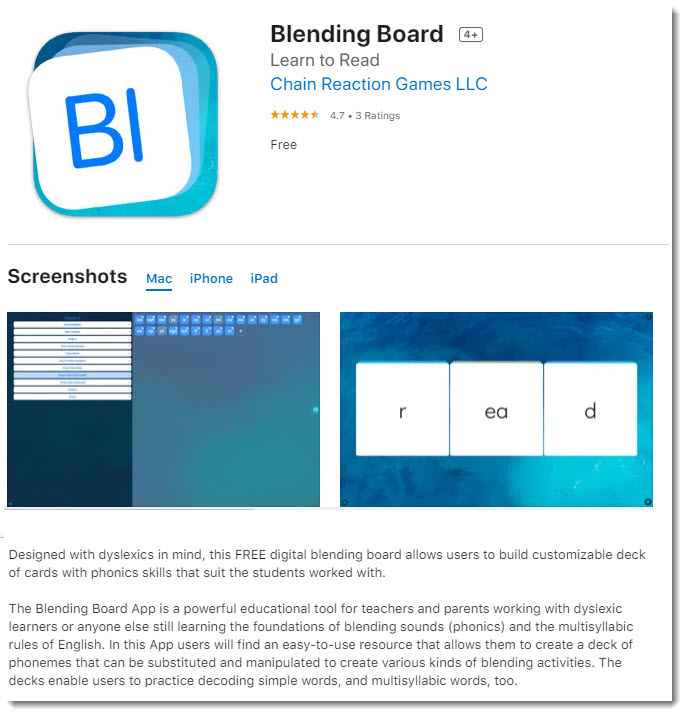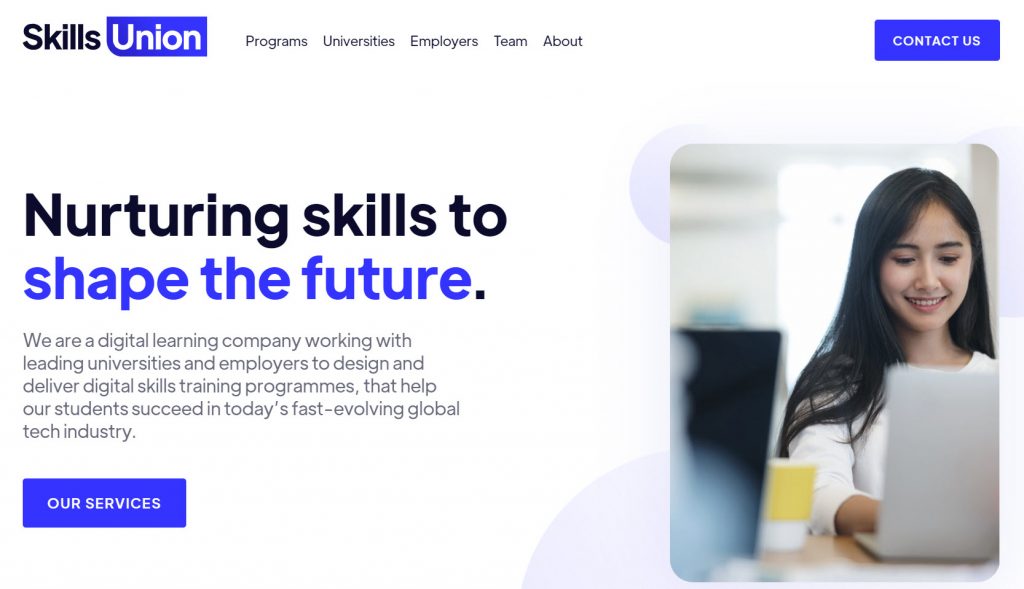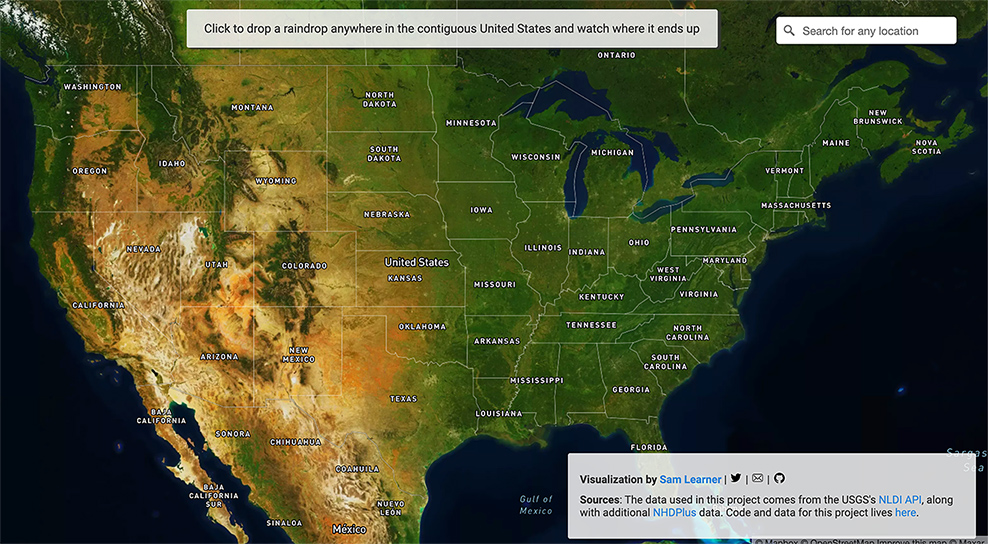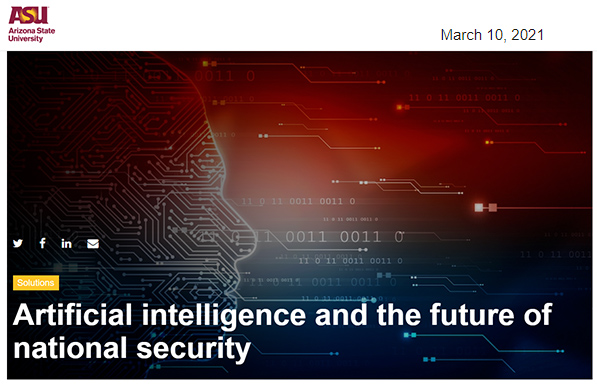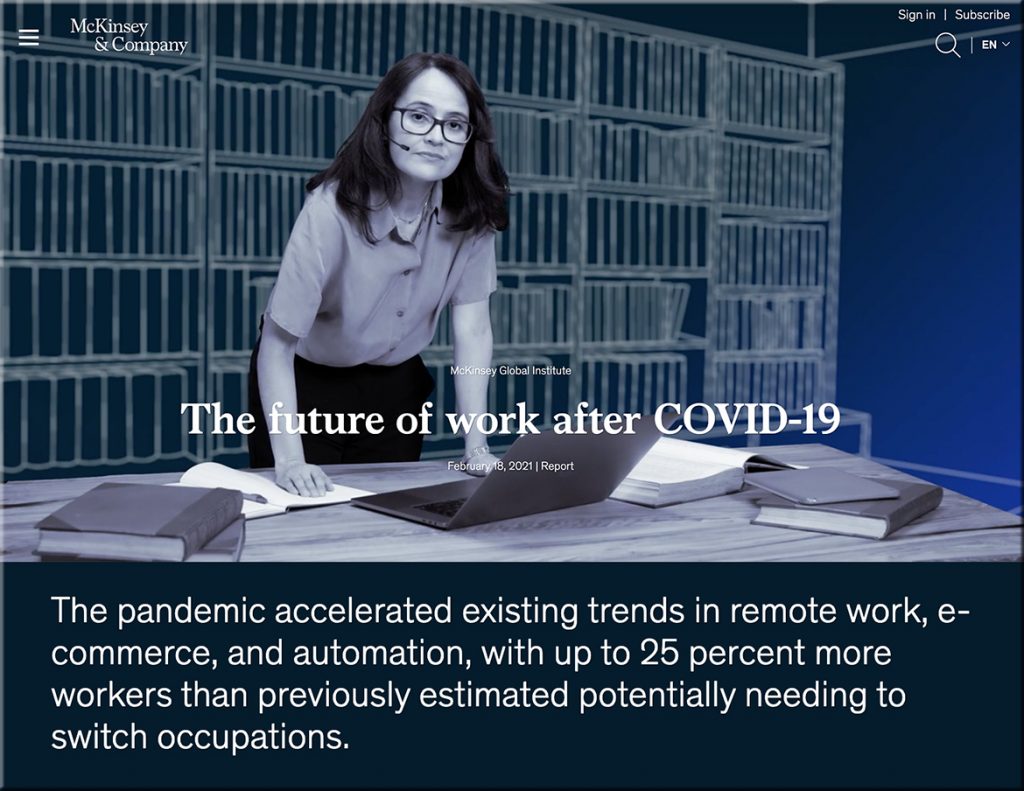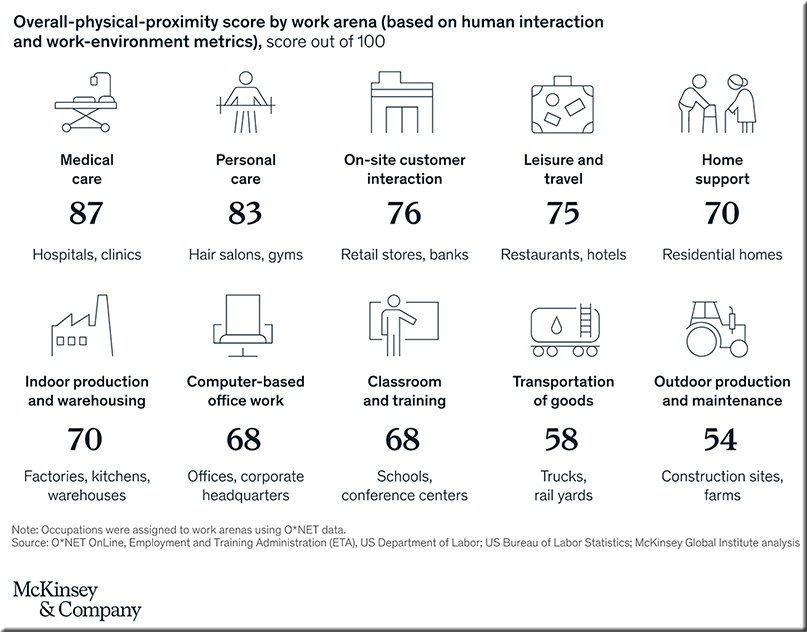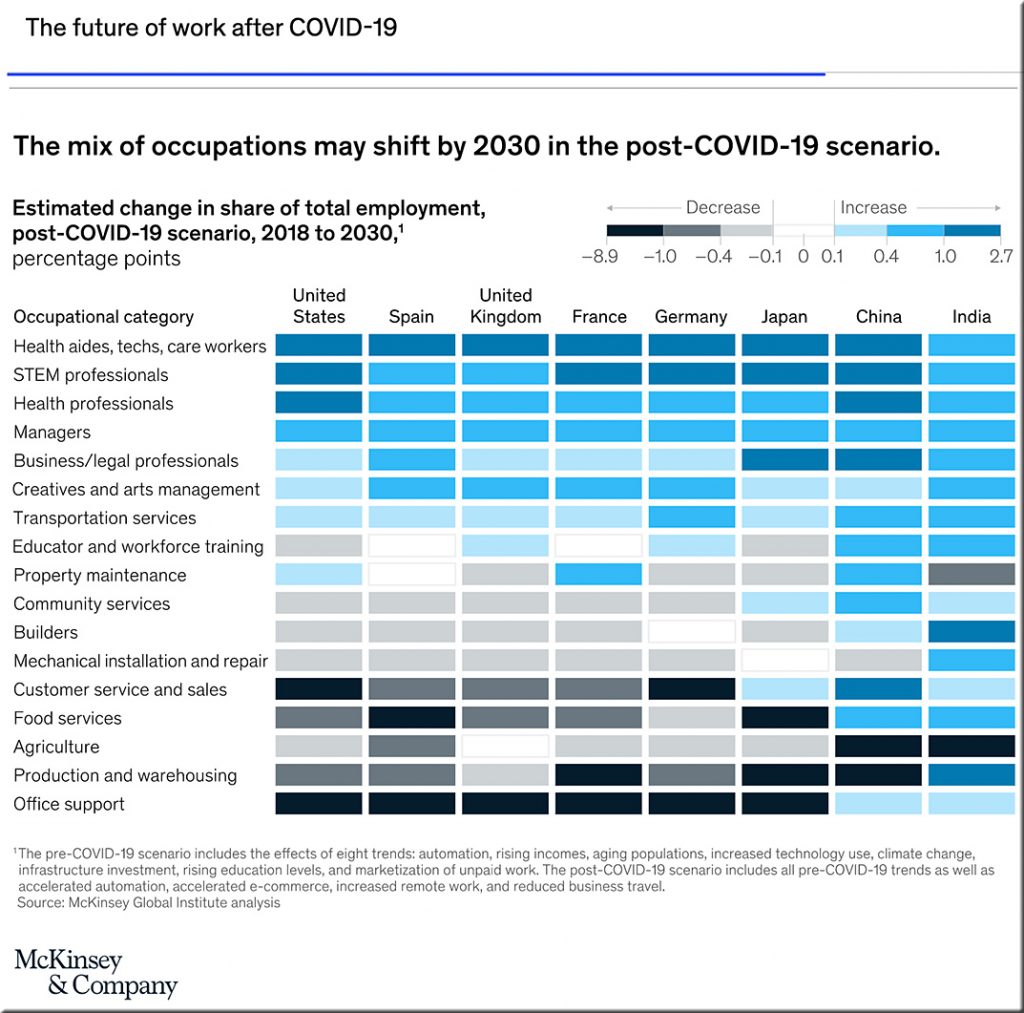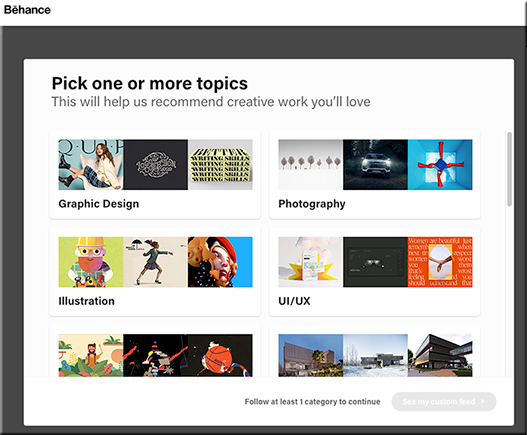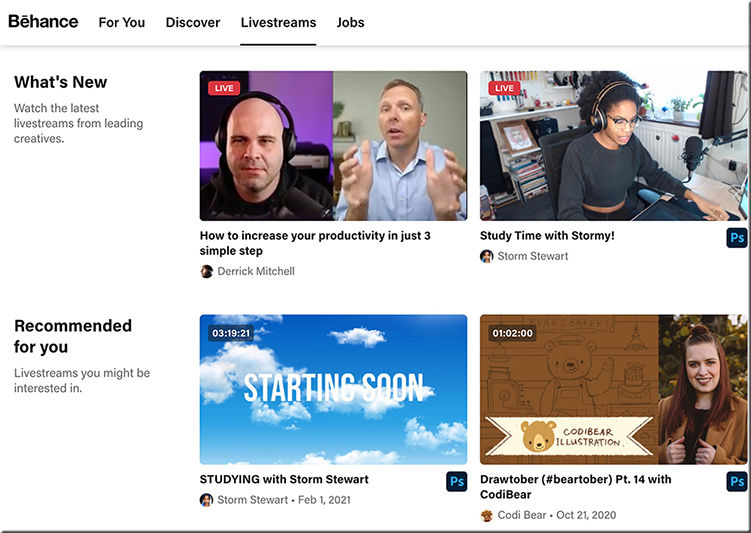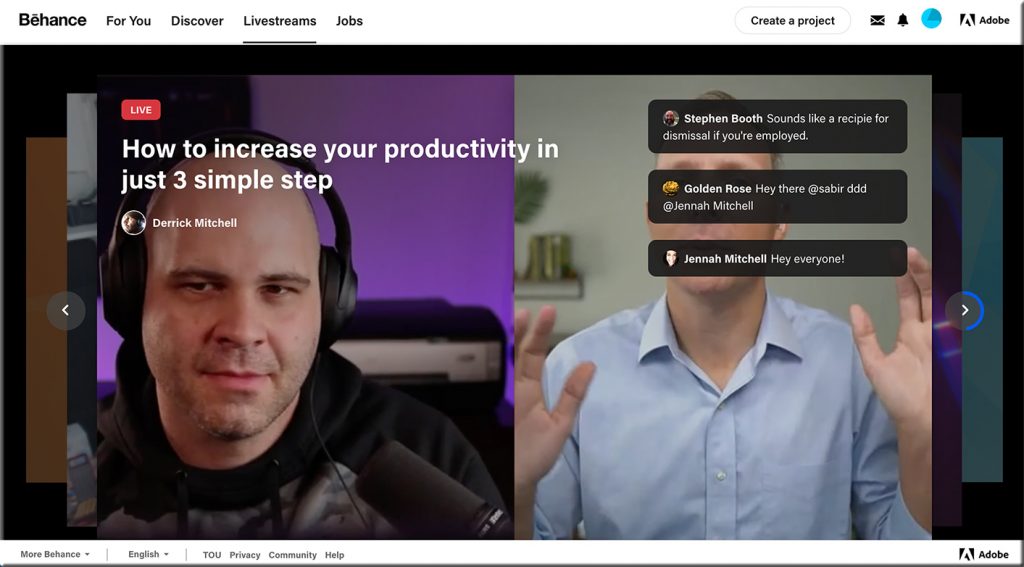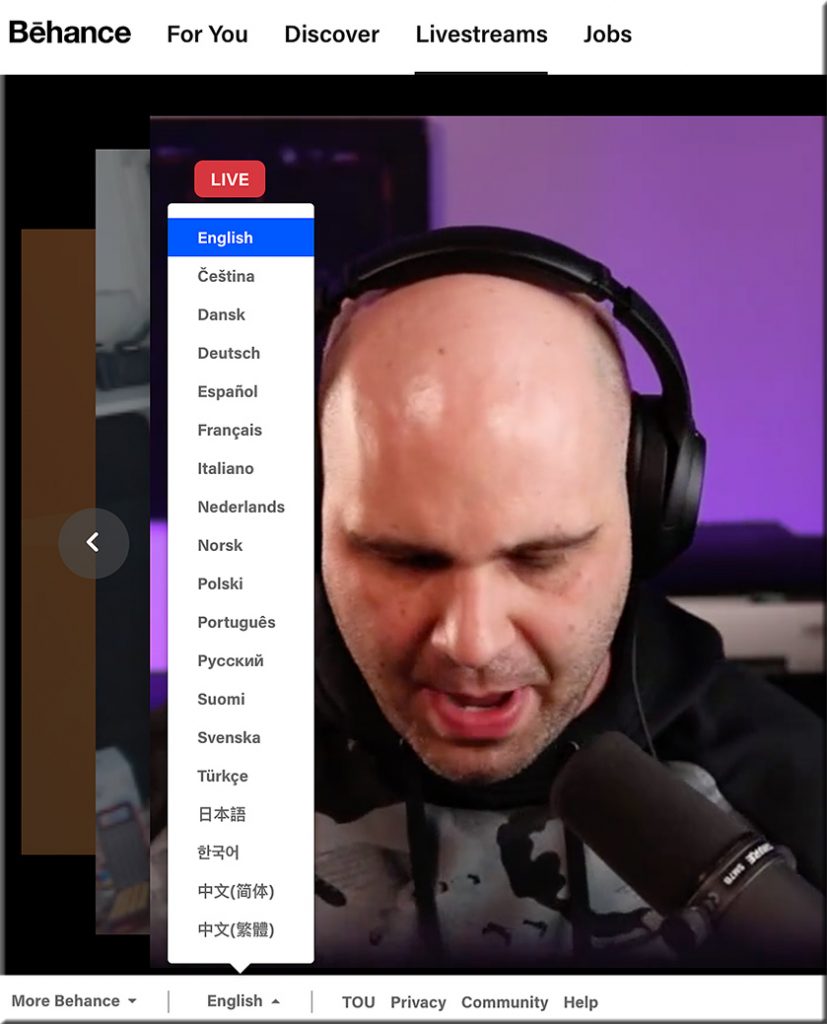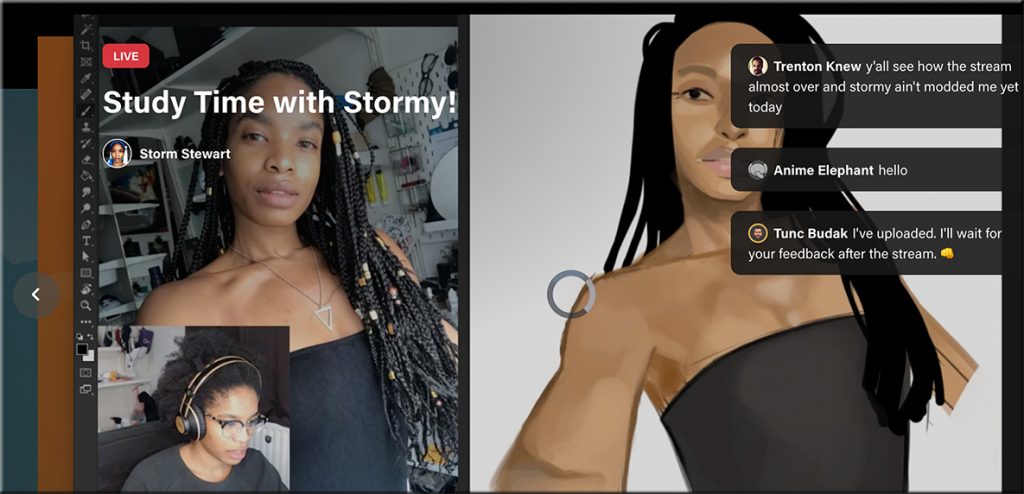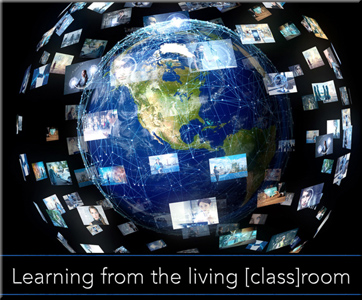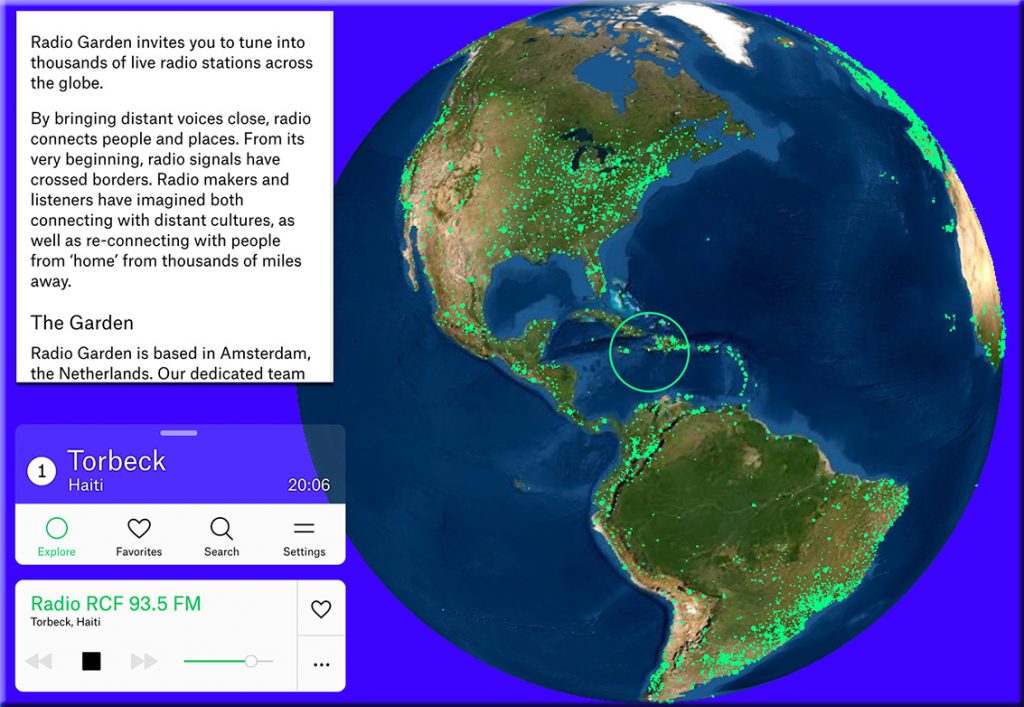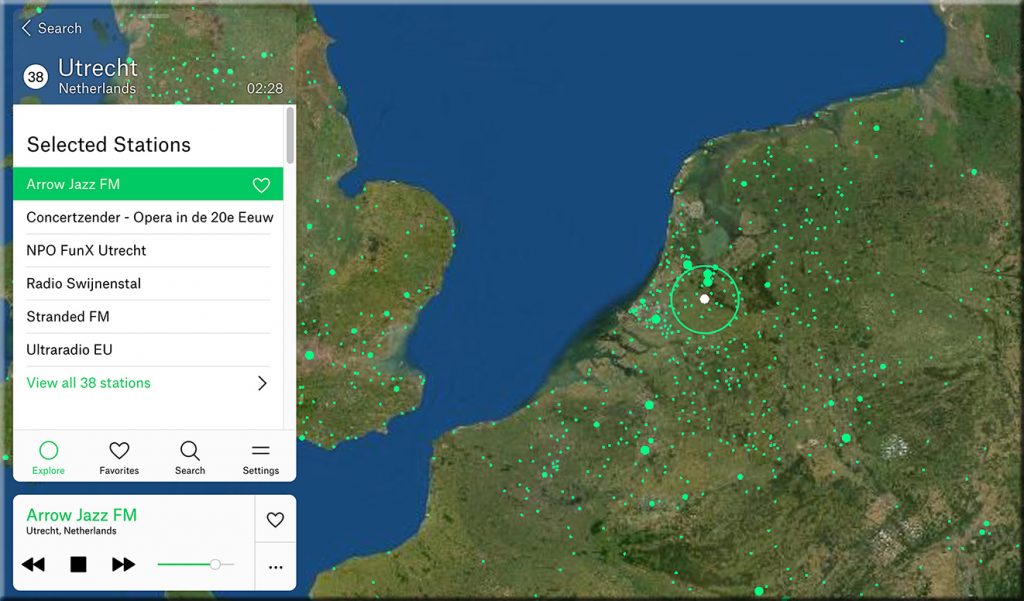9 Popular Apps For Adolescents Struggling To Read — from edtechreview.in
We’ve curated a list of 9 popular applications to help adolescents struggling to read.
From Skill to Instinct: How Higher Education can Bridge the Gap Between Classroom and Career — from edtechreview.in by Stephen Soulunii
Excerpts:
Higher education has conventionally focused on providing quality education for its students. However, modern students are increasingly attending higher education, not for scholarly pursuits, but to increase their value in an intensely competitive job market.
From DSC:
Funny how that happens when the price of getting a degree has skyrocketed through the years — and then one sees one’s family members struggling with getting out from crushing loads of debt (a process that often can take decades to do).
There is a lot that could be said here, but looking at this article makes me see how misaligned things are these days. The learning objectives that would be put forth from the corporate world don’t match up with the learning objectives as put forth by professors.
No wonder there’s a major disconnect.
One last quote drives the point home — which swims against the current that many faculty members swim in:
65% of HR professionals believe teamwork and collaboration are the most foundational people skills – and 40% believe these skills are the most lacking in new hires.
Also relevant here, this is an excerpt of a piece sent to me by Christina Ioannou:
Skills Union offers accredited cohort-based, active learning courses in partnership with leading universities and employers. Their career-focused content ranges from software engineering and UX/UI design to growth marketing and digital entrepreneurship.
The company announced a US$1.5 million seed investment round, supporting its mission to bridge the global tech skills gap, through university accredited courses that meet the needs of the rapidly growing tech sector. The investment round was led by Online Education Services (OES), part of the Seek group of companies, with notable investors including KDV, Hustle Fund, Koh Boon Hwee, Siu Rui Quek, Ishreth Hassen, Sumardy Ma, Simin Zhou and Anvesh Ramineni.
The image below was excerpted from:
- 6 Training Situations Where Blended Learning Is the Best Fit [SlideShare] — from blog.commlabindia.com
Blended learning strikes the perfect balance between offline and online learning formats. However, there are a few situations where it’s a godsend. Read on to understand when to serve blended learning for your corporate learners.
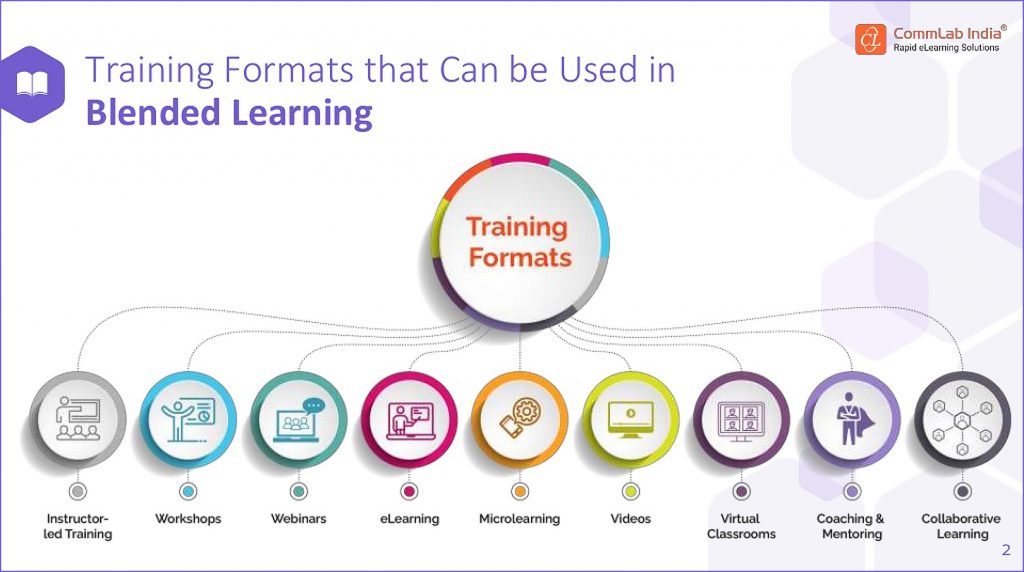
109 New University Partnerships with OPMs, Bootcamps and Pathways in Q1 2021 — from holoniq.com
Universities around the world are accelerating their adoption of Academic Public-Private Partnerships.
Excerpt:
Based on the rate of partnership growth in Q1, 2021 may deliver over 400 new academic partnerships if growth continues at the same rate.
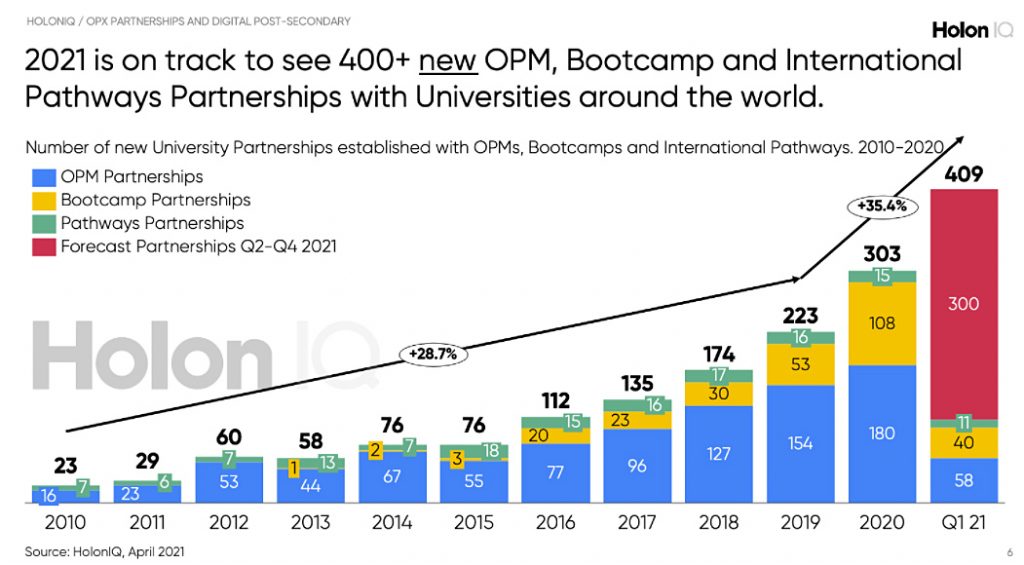
Other key points:
- The US led the development and growth of the OPM model, now we are seeing an acceleration in adoption of OPM partnerships in international markets across Australia, Asia and Europe
- Bootcamp Partnerships are powering Universities with immersive, short-format programs in technology and new domains in business. Expert curriculum, deep industry relationships and hiring pathways are driving very fast growth in campus-based and online programs.
- We expect the Global OPX Market to grow at 19% CAGR, reaching $13.3B by 2025.
Artificial intelligence and the future of national security — from news.asu.edu
Excerpt:
Artificial intelligence is a “world-altering” technology that represents “the most powerful tools in generations for expanding knowledge, increasing prosperity and enriching the human experience” and will be a source of enormous power for the companies and countries that harness them, according to the recently released Final Report of the National Security Commission on Artificial Intelligence.
This is not hyperbole or a fantastical version of AI’s potential impact. This is the assessment of a group of leading technologists and national security professionals charged with offering recommendations to Congress on how to ensure American leadership in AI for national security and defense. Concerningly, the group concluded that the U.S. is not currently prepared to defend American interests or compete in the era of AI.
Also see:
EU Set to Ban Surveillance, Start Fines Under New AI Rules — from bloomberg.com by Natalia Drozdiak
Excerpt:
The European Union is poised to ban artificial intelligence systems used for mass surveillance or for ranking social behavior, while companies developing AI could face fines as high as 4% of global revenue if they fail to comply with new rules governing the software applications.
Also see:
Wrongfully arrested man sues Detroit police over false facial recognition match — from washingtonpost.com by Drew Harwell
The case could fuel criticism of police investigators’ use of a controversial technology that has been shown to perform worse on people of color
Excerpts:
A Michigan man has sued Detroit police after he was wrongfully arrested and falsely identified as a shoplifting suspect by the department’s facial recognition software in one of the first lawsuits of its kind to call into question the controversial technology’s risk of throwing innocent people in jail.
Robert Williams, a 43-year-old father in the Detroit suburb of Farmington Hills, was arrested last year on charges he’d taken watches from a Shinola store after police investigators used a facial recognition search of the store’s surveillance-camera footage that identified him as the thief.
Prosecutors dropped the case less than two weeks later, arguing that officers had relied on insufficient evidence. Police Chief James Craig later apologized for what he called “shoddy” investigative work. Williams, who said he had been driving home from work when the 2018 theft had occurred, was interrogated by detectives and held in custody for 30 hours before his release.
Williams’s attorneys did not make him available for comment Tuesday. But Williams wrote in The Washington Post last year that the episode had left him deeply shaken, in part because his young daughters had watched him get handcuffed in his driveway and put into a police car after returning home from work.
“How does one explain to two little girls that a computer got it wrong, but the police listened to it anyway?” he wrote. “As any other black man would be, I had to consider what could happen if I asked too many questions or displayed my anger openly — even though I knew I had done nothing wrong.”
Addendum on 4/20/21:
- Aiming for truth, fairness, and equity in your company’s use of AI — from ftc.gov by Elisa Jillson
Coursera’s IPO Filing Shows Growing Revenue and Loss During a Pandemic — from edsurge.com by Tony Wan
Excerpt:
Coursera reported $293.5 million in revenue in 2020, marking a 59 percent increase from the previous year. That comes from over 77 million registered learners, along with more than 2,000 businesses (including 25 percent of Fortune 500 companies) and 100 government agencies that paid for its enterprise offerings. More than half (51 percent) of its revenue came from outside the U.S.
…
Despite recording a revenue jump in 2020, Coursera posted a net loss of $66.8 million, up 43 percent from the previous year.
“We have experienced a significant increase in our operating costs associated with our services, primarily driven by our freemium offerings and marketing efforts” during the pandemic, the filing stated.









